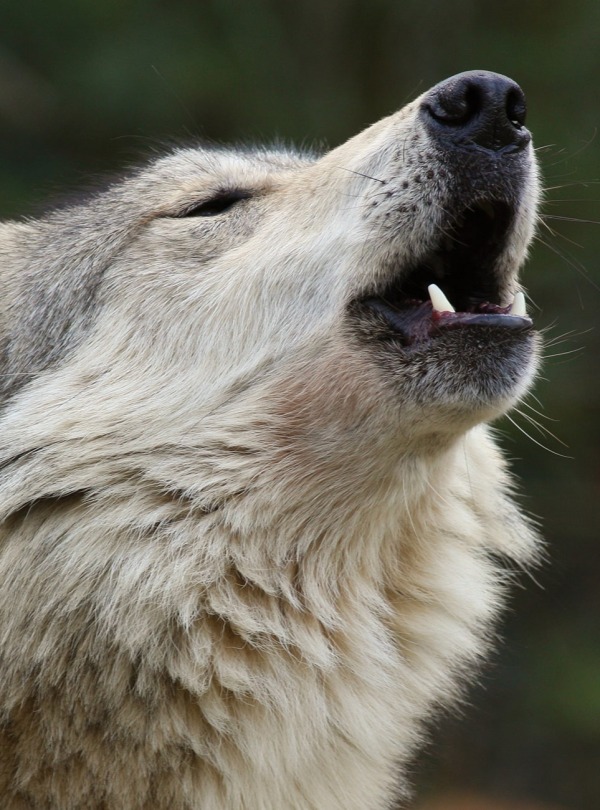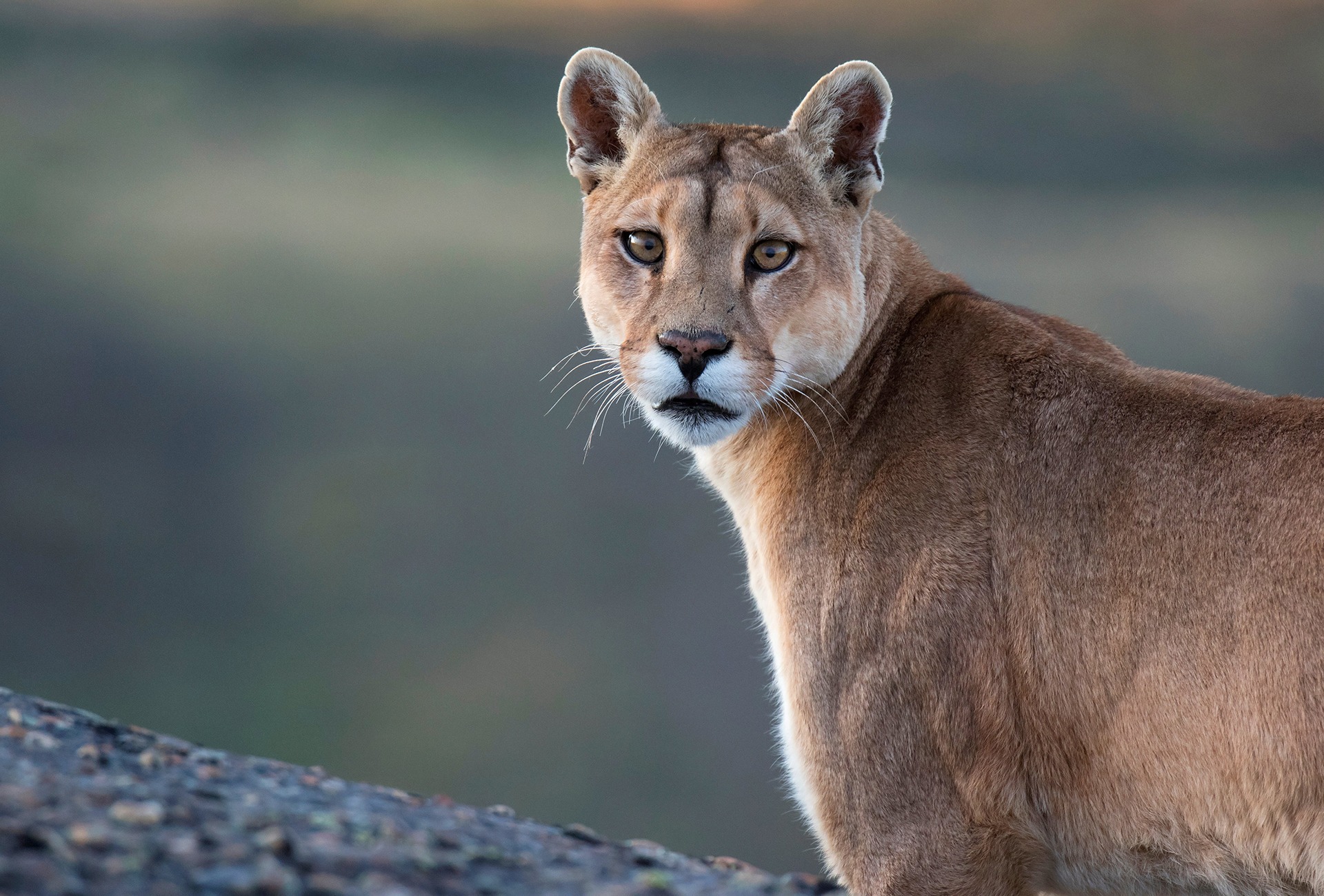
Thousands of species including five species of wild cat are threatened by illegal deforestation for plantations in the remote, rugged mountains of western Mexico.
-
Species at Risk
Nelson and Coldman’s Woodrat (EN)
-
Carbon stored
12,432,622 mT *
*(metric tons of CO2 equivalents) -
Partner
Pronatura Mexico
-
133,013 Proposed Acres Conserved by
Designation
-
Project Cost: $778,274
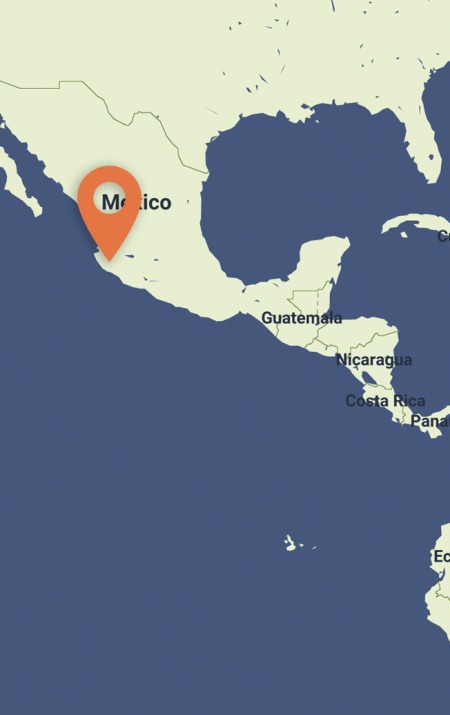
133,013
Thousands of species including five species of wild cat are threatened by illegal deforestation for plantations in the remote, rugged mountains of western Mexico.
-
Species at Risk
Nelson and Coldman’s Woodrat (EN)
-
Carbon stored
12,432,622 mT *
*(metric tons of CO2 equivalents) -
Partner
Pronatura Mexico
-
133,013 Proposed Acres Conserved by
Designation
-
Project Cost: £617,677

133,013
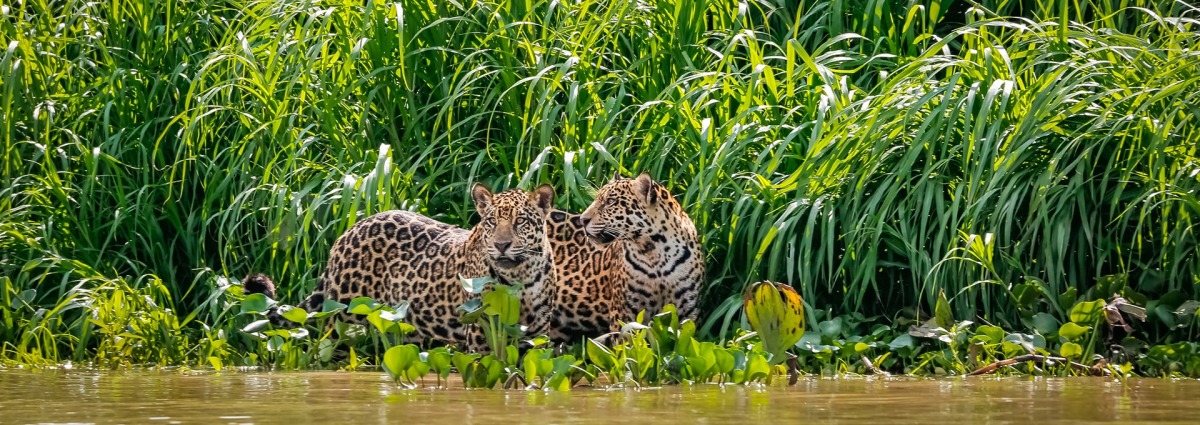
3X THE IMPACT
For the next $125,000 donated, your gift will have 3x the impact thanks to the SAVES Challenge and a generous member of our board.
TRIPLE YOUR DONATIONTRIPLE YOUR DONATIONMexico’s remote Sierra de Cacoma region, with its rugged, mountainous terrain rich in biodiversity, faces escalating threats from illegal deforestation and fire-clearing for plantations, agriculture and cattle, and uncontrolled infrastructure projects that continue to degrade its critical cloud forests.
This wild stretch of coastal mountains in western Mexico hosts an astonishing variety of natural features, elevations, soil types and climates. Thousands of species of plants, migratory birds, amphibians, reptiles, and mammals are found in this topographically complex area that is vital for wide-ranging wildlife.
Rainforest Trust and our local partner, Pronatura Mexico, seek to protect an estimated 133,013 acres of coniferous tropical forest in this Pacific mountain range. The goal is for these water-rich forests to be designated by the government as a Hydrological Protection Area, because they form the headwaters of four important watersheds that provide critical water supplies to communities in the region.
Header photo: Puma, by Agami Photo Agency
Explore Sierra de Cacoma
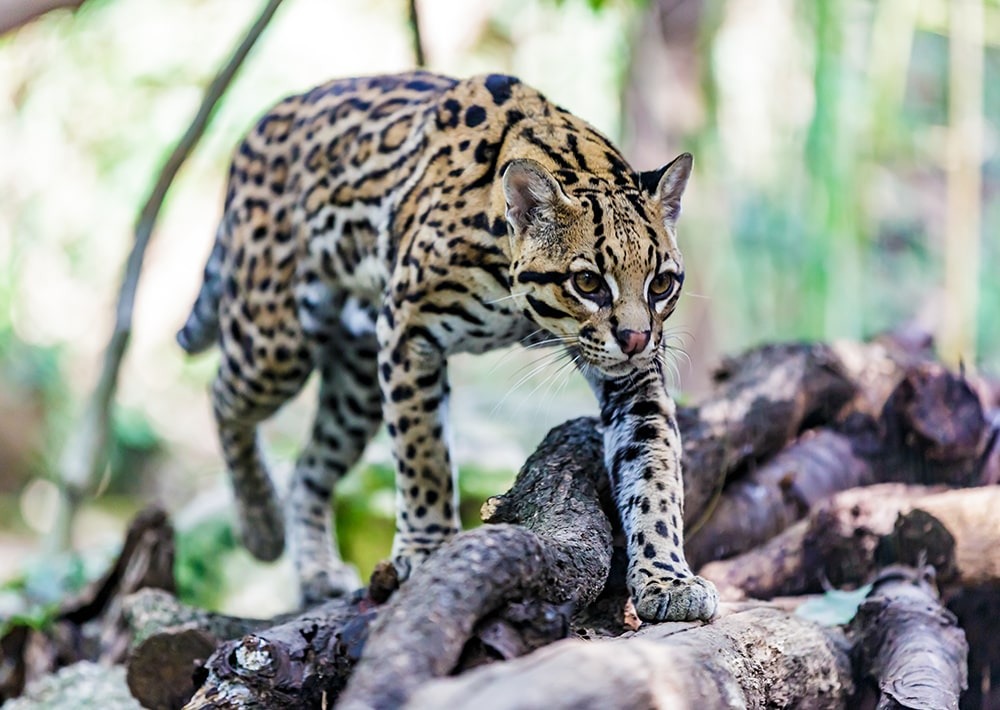
Ocelot, by Saad315
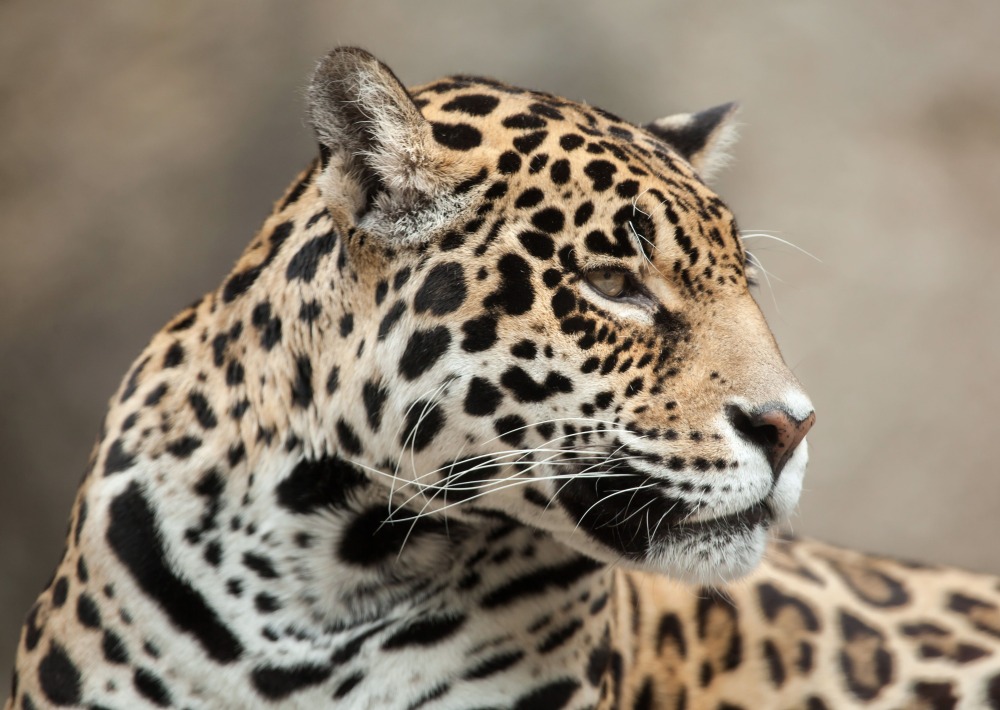
Jaguar, by Vladimir Wrangel

Jaguarundi, by Tambako the Jaguar

Jaguarundi, by jirihosko
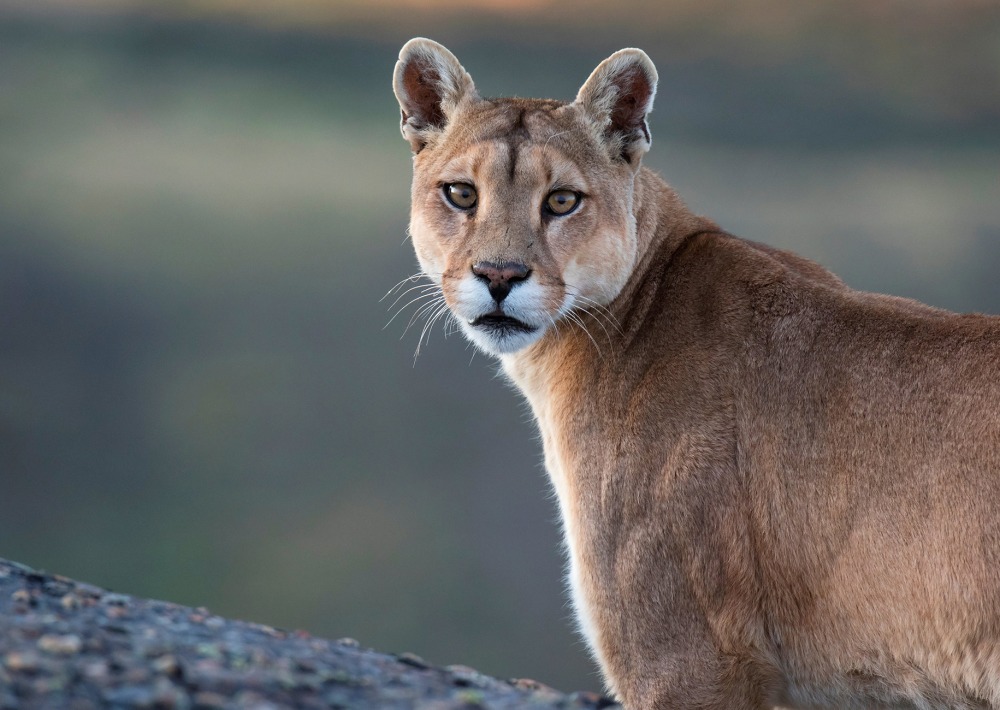
Puma, by Agami Photo Agency
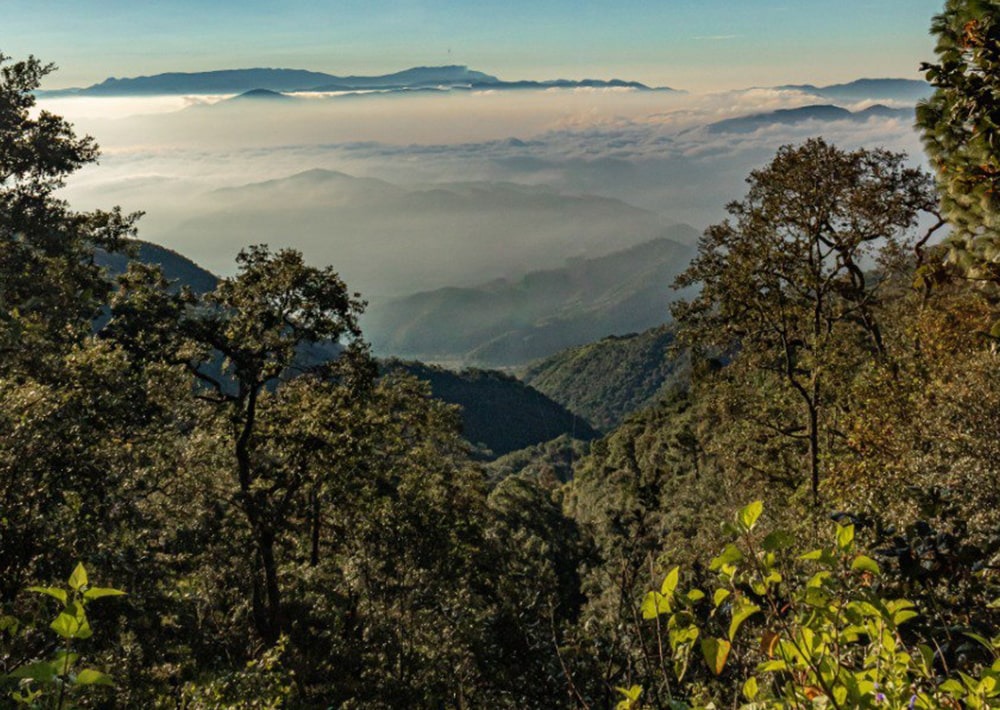
Landscape of Sierra de Cacoma Mexico, courtesy Pronatura Mexico
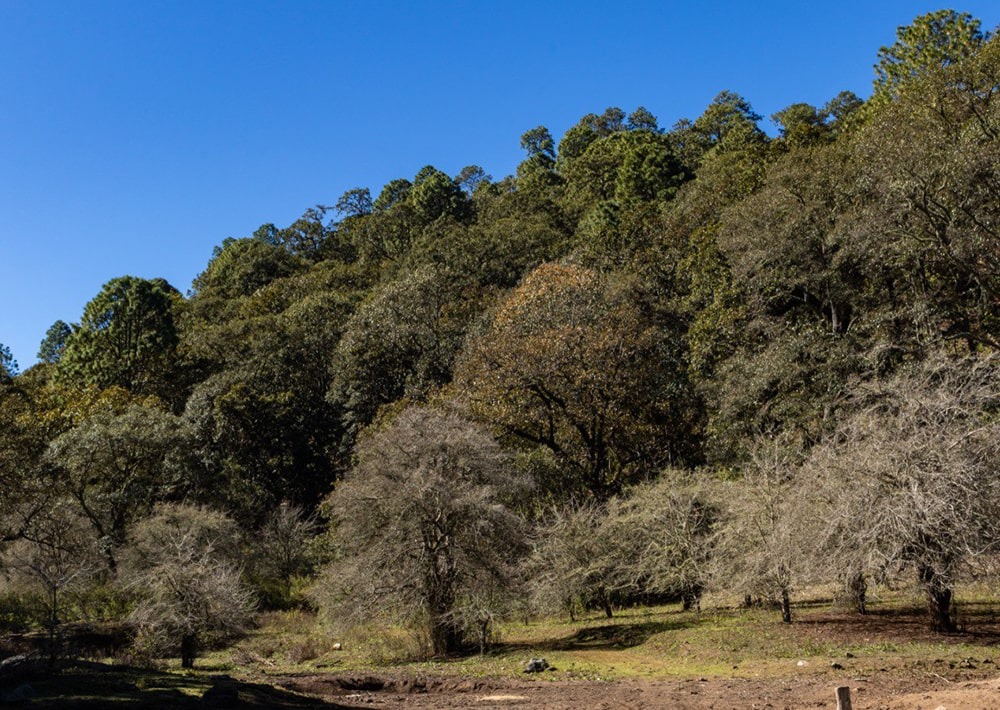
Landscape of Sierra de Cacoma Mexico, courtesy Pronatura Mexico
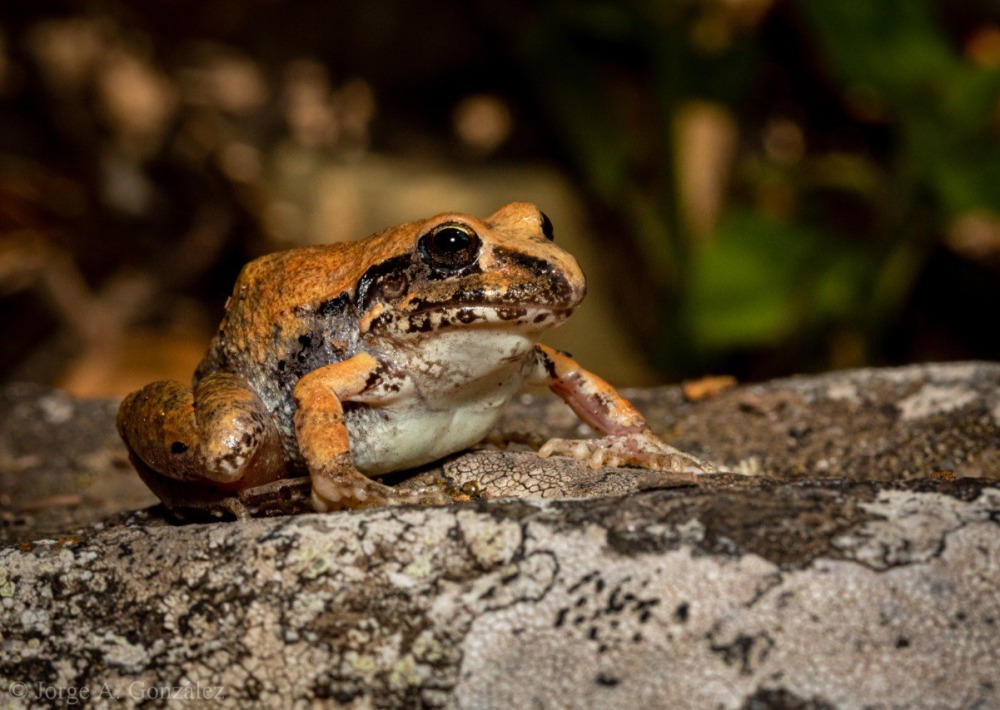
Craugastor occidentalis, by Pronatura Mexico
Jaguar and Puma require upwards of
SQUARE MILES OF TERRITORY
Secure A Biological Corridor For Wide-Ranging Species
Sierra de Cacoma provides vital terrain for five of Mexico’s six remaining wild cat species, including Jaguar and Puma—two of the largest cats in the Americas that roam territories stretching over 50 square miles. The habitat also sustains smaller cats like Jaguarundi, Ocelot and Bobcat, which also require ample range.
The proposed Sierra de Cacoma State Reserve fills a critical gap within a north-south biological corridor spanning over 6.1 million acres and three key national protected areas. This connectivity corridor is crucial for the survival of Northern Mexico’s threatened felines. The reserve also offers hope for the Endangered Mexican Wolf’s return to its historic range. These mountains hold immense ecological importance, and biological surveys have documented 10 forest types and extensive biodiversity that includes 775 plant species, 88 species of mammals, 298 bird species, 90 species of reptiles and 27 species of amphibians.
Stop Tree-Felling In The Sierra de Cacoma Mountains For Illegal Plantations
Much of the land in the Sierra de Cacoma region is farmed as ejidos—communally farmed areas—or is owned by small private landowners. Our partner will consult both ejido leaders and municipal authorities as the project moves forward so they can work together to improve governance to support conservation and land use management while safeguarding a historically marginalized community.
Conservation work is critical, challenging, and can be costly. We work hard to ensure we raise only the funds needed for each project. In the rare case we raise more money than needed or a project comes in under budget, excess monies will be transferred to the Conservation Action Fund. This fund supports our important conservation work throughout the tropics.
Project Modifications
Rainforest Trust conducts extensive research and due diligence on each of the projects that we support, so that once a project is offered for public support we believe it will succeed. We work closely with our project implementers, offer support, and regularly monitor their progress. Given the nature of the work, projects may not progress exactly as intended and may be unable to meet all objectives. To respond dynamically to the needs of our project implementers and the realities of the landscapes in which they operate, Rainforest Trust expressly reserves the right to modify a project as it deems necessary, provided that donor intent is honored by ensuring that that the original project objectives are diligently pursued and that project funds continue to benefit the landscape and species identified in the project overview. Project modifications that we may need to make in certain circumstances include the specific project implementer, the size of the landscape to be protected, the type of protection to be afforded to the landscape, and the development of sustainability mechanisms.
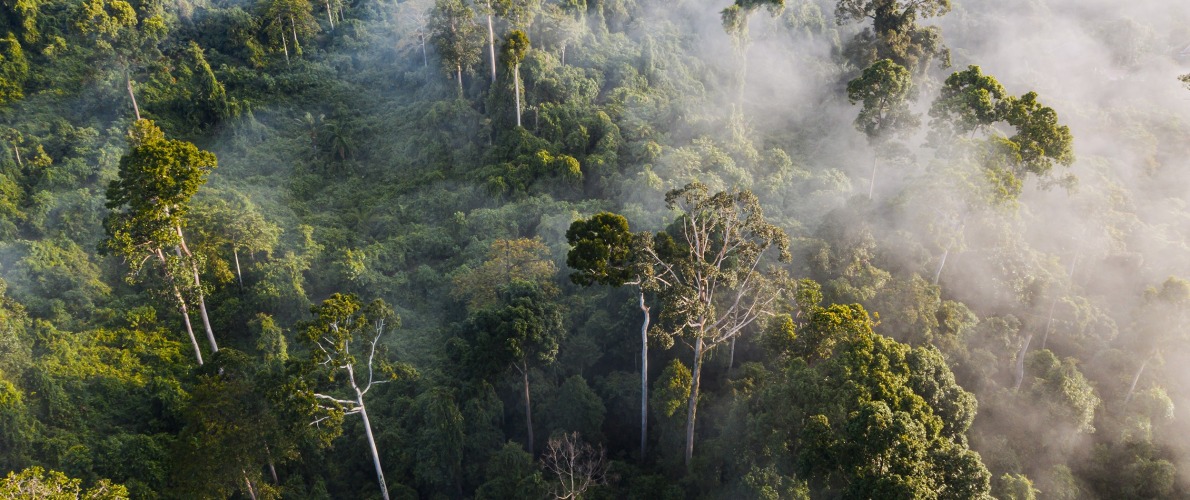
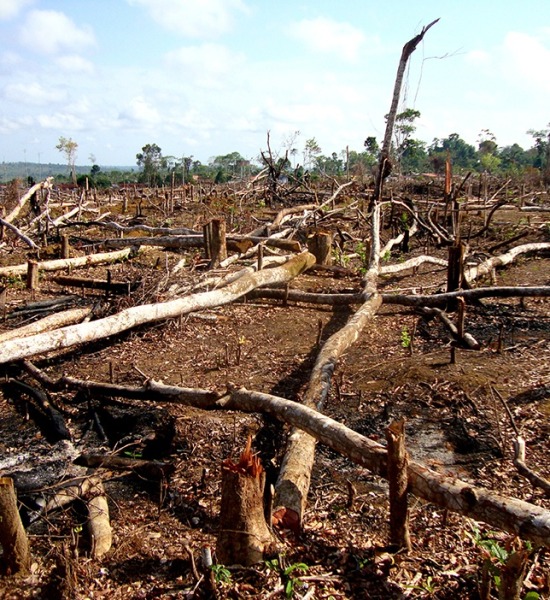

Partnering to Save Rainforest
Our partners’ ability to work with their governments and build strong connections with local communities ensures the successful implementation of our projects.
Learn More About This PartnerLearn More About This Partner
